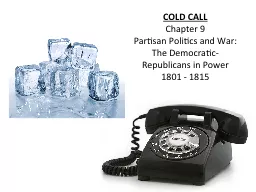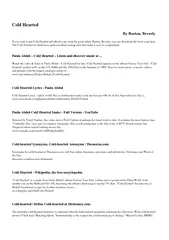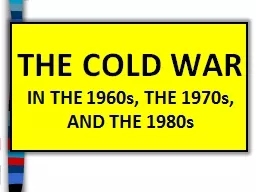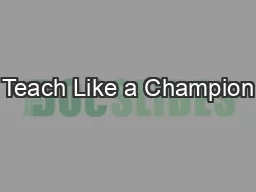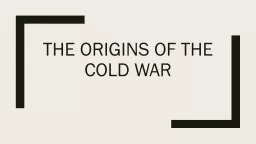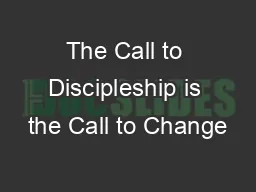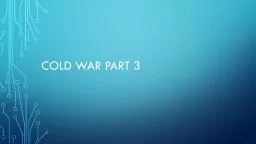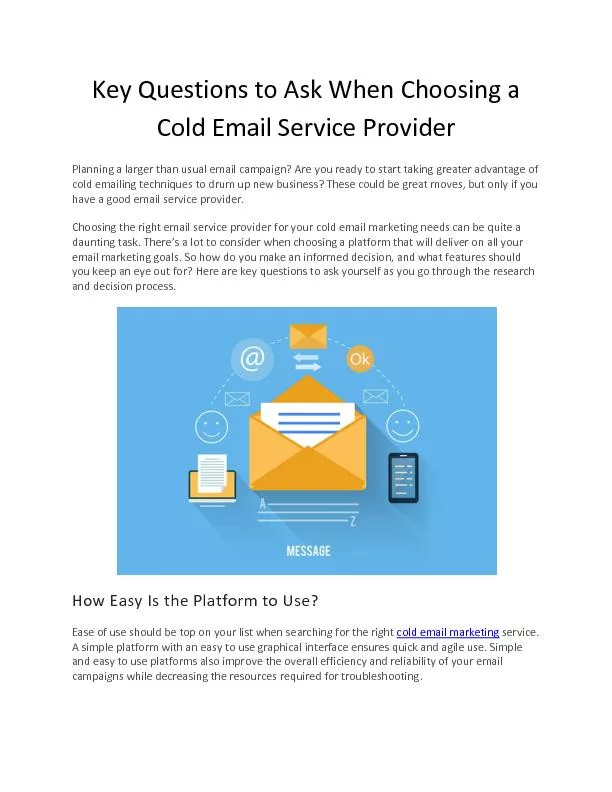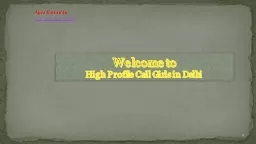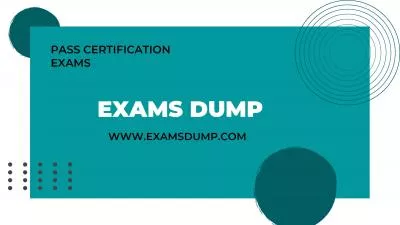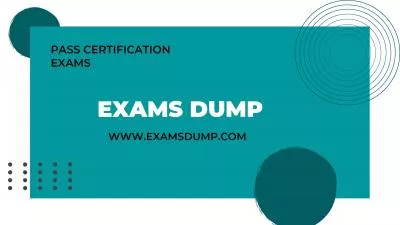PPT-COLD CALL
Author : conchita-marotz | Published Date : 2016-08-11
Chapter 9 Partisan Politics and War The DemocraticRepublicans in Power 1801 1815 Jefferson referred to his winning the presidency as the Revolution of 1800 and
Presentation Embed Code
Download Presentation
Download Presentation The PPT/PDF document "COLD CALL" is the property of its rightful owner. Permission is granted to download and print the materials on this website for personal, non-commercial use only, and to display it on your personal computer provided you do not modify the materials and that you retain all copyright notices contained in the materials. By downloading content from our website, you accept the terms of this agreement.
COLD CALL: Transcript
Download Rules Of Document
"COLD CALL"The content belongs to its owner. You may download and print it for personal use, without modification, and keep all copyright notices. By downloading, you agree to these terms.
Related Documents

